In Iwasaki Lab, biogeography and evolutionary diversity science focusing on wild plants is the central theme of research.
We conduct research on various topics related to plant evolution, ecology, and diversity using a variety of methods, including field surveys, DNA polymorphism analysis, gene expression analysis, cultivation experiments, geographic information analysis, computer simulations, and museum specimen analysis.
We are particularly interested in “plant diversity at various geographical scales” and “the state of species”, and are particularly good at biogeographical approaches.
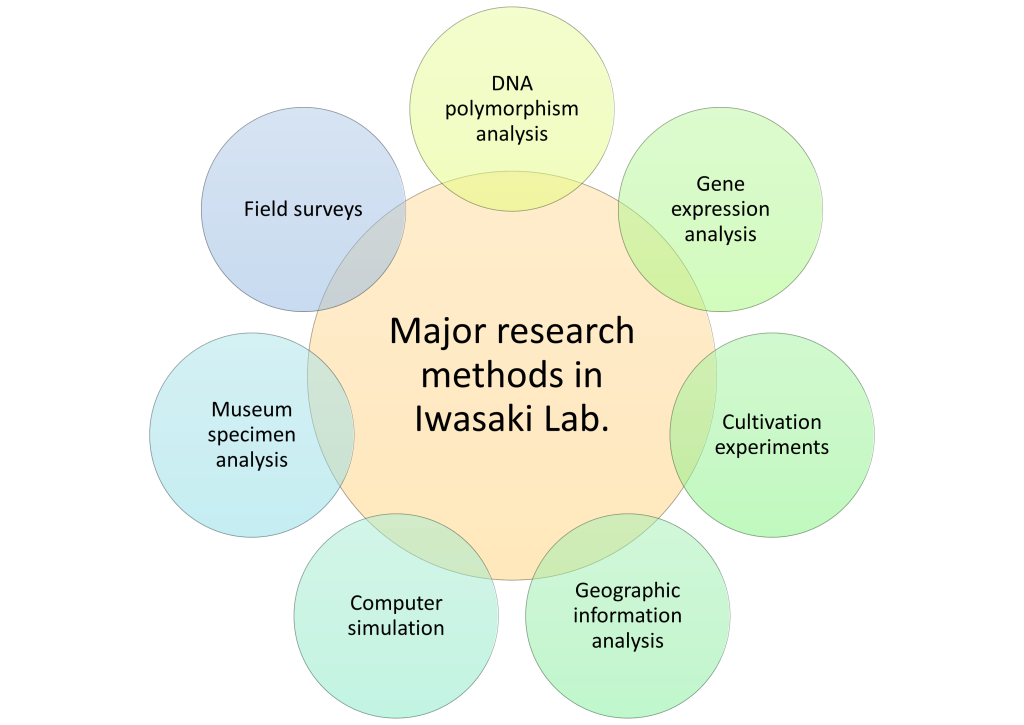
- Field surveys
Collection of samples for genetic analysis, vegetation survey, environmental survey, photosynthesis measurement (using MultispeQ), drone survey (using DJI Phantom 4 Pro), etc. - DNA polymorphism analysis
Genome-wide polymorphism analysis using next-generation sequencers (ddRAD-seq, MIG-seq, GRAS-Di, Genome resequencing, NGS-SSR, etc.), DNA metabarcoding analysis (deer diet analysis, etc.)
Polymorphism analysis using Sanger method sequencing
Gene expression analysis using RNA-seq in outdoor environments, indoor cultivation environments, and environments subjected to stresses such as high temperature and high salt content - Cultivation experiments (now trying)
Plant cultivation experiments using outdoor potting racks on campus and indoor artificial weather devices (comparison of life history, morphology, gene expression, photosynthetic activity, etc.) - Geographic information analysis
Analysis of biological distribution information using geographic information analysis software (ArcGIS, QGIS, etc.) - Computer simulation
Estimation of suitable habitat by ecological niche modeling, estimation of population dynamics by coalescent simulation, etc. - Museum specimen analysis
Analysis of morphological and phenological information of museum specimens, and comparison of specimen DNA (past DNA preserved at the time of collection) and current DNA, etc.
We will work on these methods and others, flexibly combining various techniques according to each research theme.
Depending on the research theme, most of the experiments and analyses may be conducted indoors, and some may involve more field research (but about 20-30% of the effort). What proportion we will work on will be adjusted in consultation with the students.
Three major theme
Recently, we have been working on the following three major themes related to the state of species and the environmental response of wild plants by utilizing big data on the distribution of organisms, genomic information, and the environment.
- Biogeography
How have plants responded to environmental changes in the past?
What mechanisms determine the distribution of organisms in the current environment? - Local adaptation and adaptive evolution
How do plants adapt to the surrounding field environment?
When and how did they acquire adaptations in the process of distributional change? - Conservation biology
How are plants affected by changes in the surrounding environment?
What measures are needed to protect current biodiversity, including genetic diversity?
Biogeography
How have plants responded to environmental changes in the past?
Molecular phylogeography reveals the geographic patterns of genetic differentiation (genetic structure) of living organisms to determine the history of distributional changes they have undergone. In some cases, speciation as a result of geographic differentiation (allopatric speciation) is underway, and in such cases, we aim to comprehensively elucidate the nature of the species (taxonomy, adaptation, hybridization, etc.).
Molecular phylogeographical studies on temperate forest plants in Japan and East Asia
<Examples of target species>
- Cardamine impatiens (an annual herb of Brassicaceae family widely distributed in East Asia, Central and Western Asia, and Europe)
- Cardamine leucantha (a perennial herb of the Brassicaceae family widely distributed in East Asia)
- Hydrangea involucrata (a shurub found in the Kanto and Chubu regions, the Izu Islands, the Tokara Islands, and Minamiiojima Island)
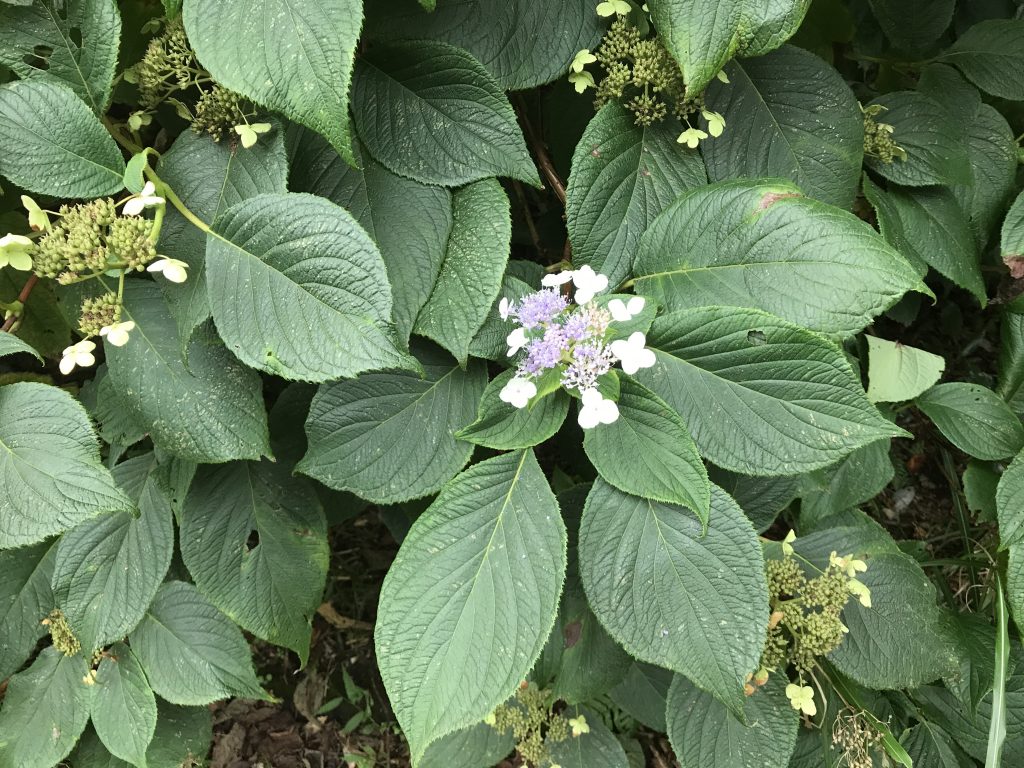
- Various deciduous broad-leaved trees
- Taraxacum species in East Asia
Phylogeographical evolutionary processes of the “Sea of Japan Element” and the “Fossa-Magna Element”, which are endemic to the specific region in Japan.
- Hepatica nobilis var. japonica (A perennial herb endemic to the Japanese archipelago, populations in the Sea of Japan side region have flowers of various colors)
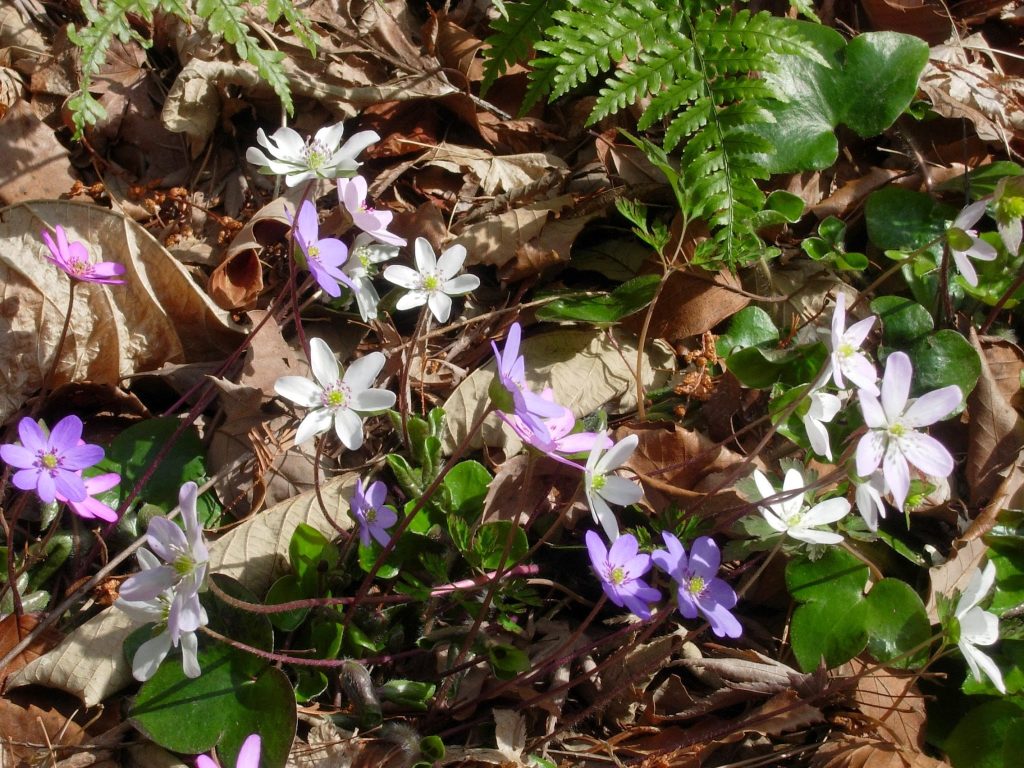
- Viola Sect. Vaginatae species (Viola bisseti, V. vaginata, V. shikokiana, V. rossii, and V. yazawana)
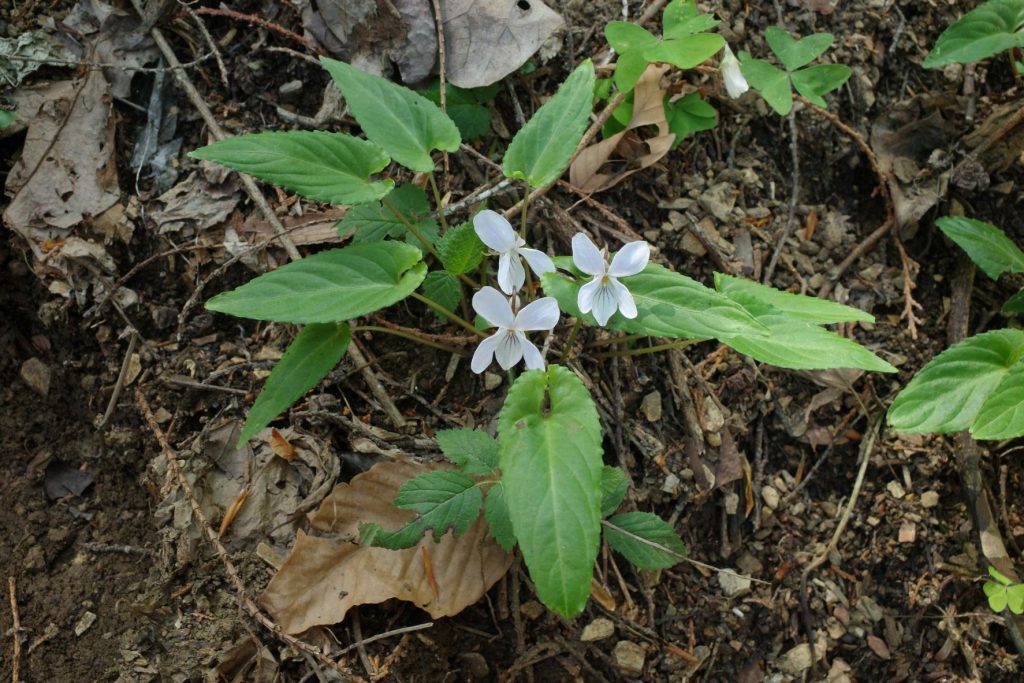
What mechanisms determine the distribution of organisms in the current environment?
Elucidating the Ecological Mechanisms that Shape and Maintain Plant Distributions
The distribution of organisms is a topic with a long history, having been studied since the time of Darwin and Wallace. In nature, distributions are formed by ecological factors in addition to the phylogeographical historical factors introduced above. Furthermore, ecological factors include two main types of factors: non-biological factors influenced by the environment, such as temperature, precipitation, and soil, and biological factors influenced by interactions between organisms with other species, such as competition and reproductive interference. Although there is a large accumulation of individual studies on how these factors affect the distribution of organisms, there has not yet been enough research that comprehensively analyzes the effects of these factors.
By using a combination of geographic information analysis such as ecological niche modeling, community ecology analysis such as co-occurrence analysis, and field surveys, we aim to elucidate the comprehensive mechanisms related to distribution of organisms.
Local adaptation and adaptive evolution
How did wild plants adapt to their surrounding environment?
When and how did they acquire adaptation in the process of distributional change?
Local adaptation mechanisms and adaptive evolutionary processes in Cardamine impatiens
In this research project, we are focusing on an annual herb Cardamine impatiens L., which has been used in phylogeographical studies. This species is widely distributed in temperate zones throughout the Eurasian continent, from Japan to East Asia, Central and Western Asia, and Europe. We think that it has locally adapted to the environment in each region during the phylogeographic distribution change processes.
This species is a member of the Brassicaceae family and is relatively closely related to the model plant Arabidopsis thaliana, making it possible to use many molecular genetic findings, such as functional genes that have been identified in Arabidopsis. In recent years, genome sequencing has become easier with the widespread use of next-generation sequencers, and we are attempting to sequence the genome of this species in several regional strains. In addition, since it is self-pollinating and have a relatively short generation time of only a few months, they can be grown relatively easily in the laboratory (in fact, several regional strains, including some from overseas, are being grown in the laboratory).
We are conducting research to elucidate the mechanisms of local adaptation to the environment in various regions (up to the identification of adaptive genes) and the evolutionary process by which such local adaptation has occurred (adaptive evolution). We hope to reveal interesting evolution that is unique to this plant or to a specific region, which cannot be understood only for Arabidopsis thaliana.
Conservation biology
How are wild plants affected by environmental changes?
What measures are needed to protect current biodiversity, including genetic diversity?
Conservation genetics and landscape genetics study on endangered plants
<Examples of specific research theme>
- Conservation ecological research on the excessive foraging of deer in the Kirigamine grassland and surrounding areas in Nagano Prefecture
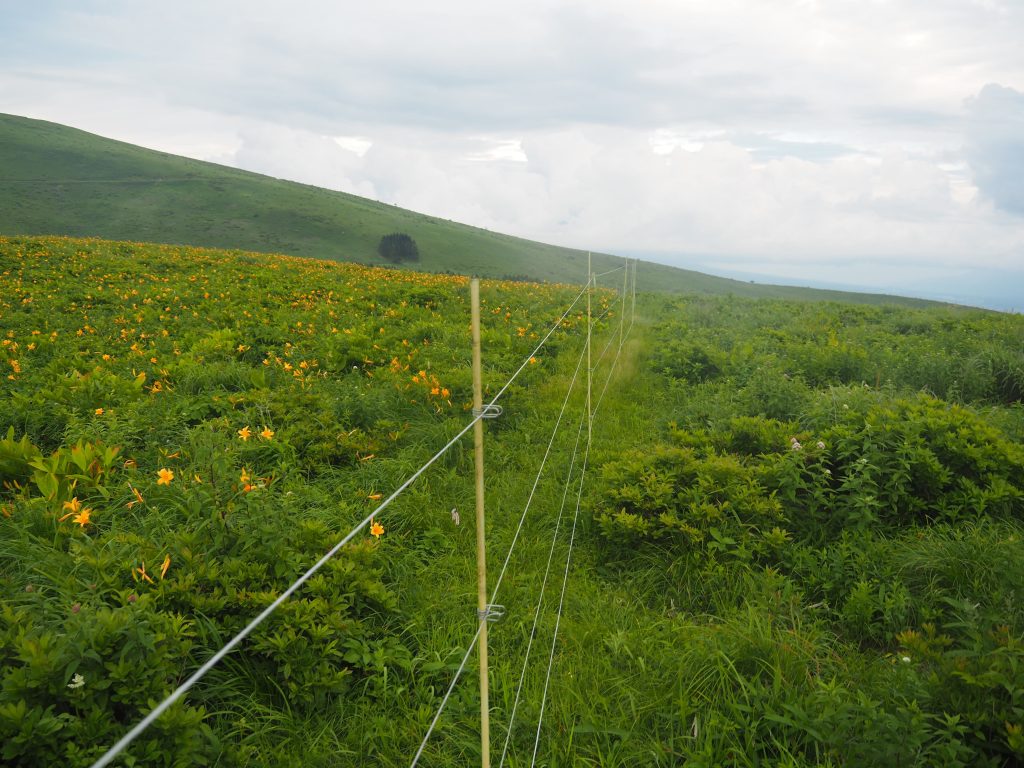
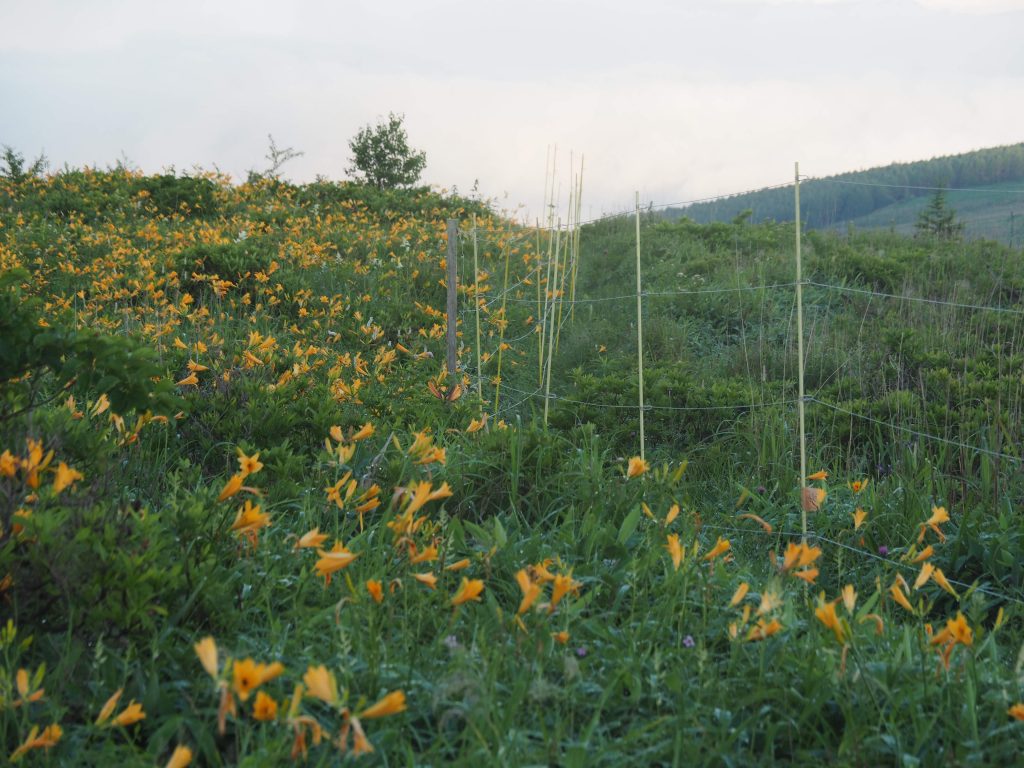
- Verification of the effect of deer fences on plant conservation using drones (UAVs)
- Elucidation of the genetic structure of an endangered subtropical fern Psilotum nudum (L.) P. Beauv. and verification of genetic disturbance by horticultural strains
- Elucidation of the genetic structure and diversity of an endangered plant Tripolium pannonicum (Jacq.) Schur. (Astraceae, which grows in salt marshes
Elucidation of forest decline and development of methods to monitor forest health through gene expression
- Verification of forest decline in the Tanzawa area (Kanagawa Prefecture) by remote sensing analysis
- Development of diagnostic markers for tree health using gene expression information
Others
We are also conducting joint research with many universities and research institutes, utilizing our technologies for phylogeographical analysis and geographic information analysis.
